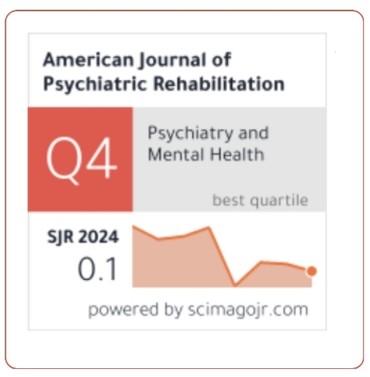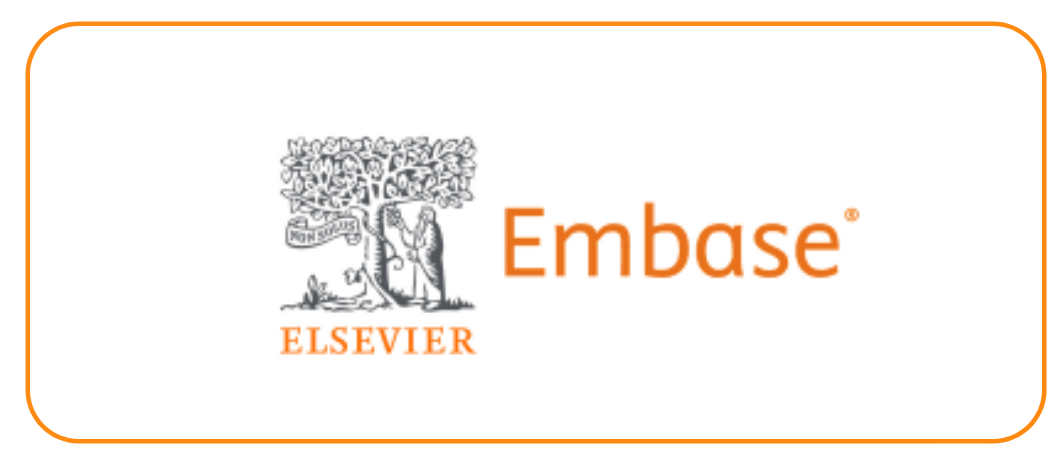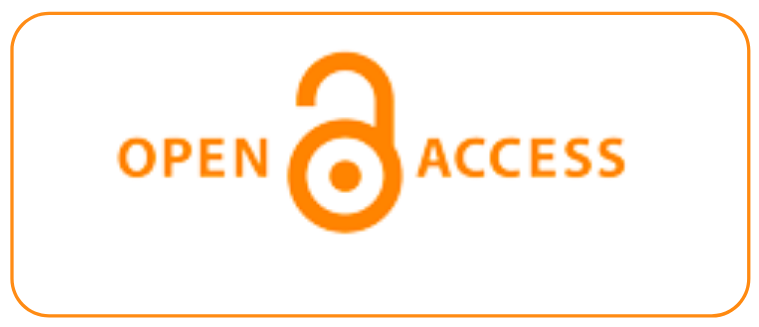Omni-Channel Approach For Mentoring Community Health Officers To Improve Quality Of Health Services In Ayushman Arogya Mandirs Of Bihar
DOI:
https://doi.org/10.69980/ajpr.v28i5.617Keywords:
Ayushman Bharat, Community Health Officers, primary healthcare, Omni-Channel Approach, mentoring, supportive supervision, health systems strengtheningAbstract
The Ayushman Bharat initiative in India, which envisions the transformation of sub-health centres into Ayushman Arogya Mandirs (AAMs), represents a milestone in India's journey towards Universal Health Coverage (UHC). AAMs are mandated to deliver comprehensive primary healthcare through the deployment of Community Health Officers (CHOs) as mid-level service providers. Despite their crucial role, CHOs face challenges including clinical uncertainty, administrative bottlenecks, and suboptimal community engagement. This study evaluates the effectiveness of an Omni-Channel Mentorship Approach (OCA) in enhancing the performance of CHOs in Madhubani district, Bihar. The mentorship combined virtual and onsite engagements, targeting clinical capacity, administrative efficiency, and community participation. Using a mixed-method design, data from 30 AAMs were analysed before and after the intervention. Findings revealed statistically significant improvements in outpatient attendance (P<0.01), non-communicable disease screening (P<0.01), antenatal care check-ups (P<0.05), VHSND conducted (P<0.05); health education sessions (P<0.01) and essential drug availability (P<0.01). Qualitative findings highlighted increased CHO confidence, operational efficiency, team coordination and stronger community interface. Authors argue that structured and context-specific mentoring mechanisms are critical for optimizing the AAM model, especially in underserved regions. Institutionalizing mentorship protocols, developing standardized monitoring tools, and policy-level integration are essential for sustainable CHO capacity building for optimizing primary healthcare delivery in resource-constrained settings.
References
Ministry of Health and Family Welfare. (2020): Ayushman Bharat for a New India - 2020.
2. Scott V, Sanders D, Mathews V. Community health workers: a solution to workforce challenges in PHC. S Afr Health Rev. 2018;2018(1):47–56. https://doi. org/10.10520/EJC-1451ab3ad3
3. Prinja S, Singh T, Bahuguna P, et al. Role of mid-level providers in strengthening primary health care in India: Evidence and policy options. Indian J Public Health. 2020;64(3):211–6. https://doi. org/10.4103/ ijph.IJPH_415_20
4. Naimoli JF, Frymus DE, Quain EE, Roseman EL. Community and Formal Health System Support for Enhanced Community Health Worker Performance: A U.S. Government Evidence Summit. 2012. https://doi.org/10.13140/RG.2.2. 26537.13922
5. Gogia S, Sachdev HS. Strengthening health systems using innovative digital health strategies in India. Indian Pediatr. 2021;58(6):535–41. https://doi.org/ 10.1007/s13312-021-2246-3
6. Rao KD, Srivastava S, Warren N, et al. Strengthening the CHO cadre in India. BMJ Glob Health. 2022;7(10):e009043. https://doi.org/10. 1136/bmjgh-2022-009043
7. Hewitt G, Sims S, Harris R. Using realist synthesis to understand the mechanisms of interprofessional teamwork in health and social care. J Interprof Care. 2019;33(1):19–25. https://doi.org/10.1080/13561820.2018.1500455
8. Hill Z, Dumbaugh M, Benton L, et al. Supervising community health workers in low-income countries: A review of impact and implementation issues. Glob Health Action. 2014;7 (1):24085. https://doi.org/10. 3402/gha. v7.24085
9. Kumar R, Sharma M, Aggarwal AK. Impact of supportive supervision on service delivery: Evidence from a study in Haryana. Indian J Community Med. 2021;46(2):312–7. https://doi. org/10.4103/ijcm.IJCM_464_20
10. Rowe AK, Rowe SY, Peters DH, et al. Effectiveness of strategies to improve health-care provider practices in low-income and middle-income countries: a systematic review. Lancet Glob Health. 2018;6(11):e1163–75. https://doi. org/10.1016/S2214-109X(18)30398-X
11. Sahu KS, Nair KS, Binu VS, et al. Supportive supervision for improving service delivery in community-based maternal, newborn and child health programme in India. Health Res Policy Syst. 2022;20(1):91. https://doi.org/10.1186/ s12961-022-00863-3
12. Taneja G, Raina SK, Gupta AK. Role of mentoring in public health programmes: An exploratory study in India. Indian J Public Health. 2022;66(1):43–7. https://doi.org/10.4103/ijph.ijph_762_20
13. Chauhan RC, Purty AJ, Singh Z. Impact of supportive supervision on the performance of community health workers: A quasi-experimental study in Tamil Nadu, India. Indian J Public Health. 2020;64(1):3–7. https://doi.org/10.4103/ijph.IJPH_383_19
14. Tandon T, Aggarwal AK, Singh P, et al. Digital health interventions in primary care: Lessons from India. Lancet Reg Health Southeast Asia. 2022;2:100020. https://doi.org/10.1016/j.lansea.2022.100020
15. Sharma R, Verma A, Chhabra M. Strengthening primary healthcare using technology: Current and future perspectives in India. J Family Med Prim Care. 2023;12(1):10–4. https://doi.org/10. 4103/ jfmpc.jfmpc_1024_22
16. World Health Organization. Supportive supervision to improve service delivery in primary healthcare: Lessons from global experiences. Geneva: WHO; 2021. https://doi. org/10.1007/978-92-4-002541-2
17. National Health Systems Resource Centre (NHSRC). Ayushman Bharat Health and Wellness Centres: Implementation Guidelines. New Delhi: Ministry of Health and Family Welfare; 2020. https://doi.org/10.13140/RG.2.2.26944.15363
18. Gopichandran V, Roy P, Sitaram A, et al. Evaluation of Ayushman Bharat Health and Wellness Centres in India: Policy implementation and early outcomes. J Family Med Prim Care. 2022;11(8):4021–7. https://doi.org/10.4103/jfmpc.jfmpc_1111_21
19. Singh P, Bhatt G, Kaur A, et al. Impact of nurse mentoring on maternal and neonatal health outcomes in Uttar Pradesh, India. Glob Health Sci Pract. 2019;7(3):500–13. https://doi.org/10. 9745/GHSP-D-19-00007
Downloads
Published
Issue
Section
License
Copyright (c) 2025 American Journal of Psychiatric Rehabilitation

This work is licensed under a Creative Commons Attribution 4.0 International License.
This is an Open Access article distributed under the terms of the Creative Commons Attribution 4.0 International License permitting all use, distribution, and reproduction in any medium, provided the work is properly cited.









